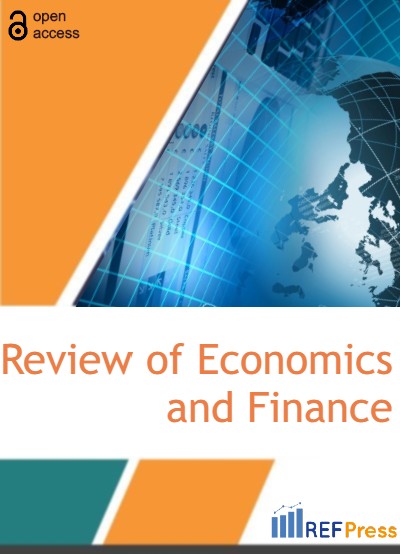
The Contribution of Spatial Econometrics in the Field of Empirical Finance
(Pages 17-31)Nadia Ben Abdallah1,*, Halim Dabbou2 and Gallali Mohamed Imen3
1Institute of Higher Commercial Studies of Sousse, Sousse, Tunisia
2Higher Institute of Management of Sousse, Sousse, Tunisia
3High Business School of Tunis, Manouba University, Tunisia
DOI: https://doi.org/10.55365/1923.x2022.20.3
Abstract:
Spatial econometrics is a subset of econometric methods evolved from the need to account for the location and spatial interaction. This means that what happens in one economic unit of analysis is not independent of what happens in neighboring economic units. Spatial econometric methods have been advanced quickly and many studies show the usefulness of these techniques in various fields. However, they have not yet received sufficient attention in empirical finance. So, this article asks the question: what should a financier who wishes to use regression models involving spatial data know about spatial econometric methods? More precisely, this paper has two goals. In the one hand, it attempts to present a review of the peculiarities of spatial econometrics, and, in the other hand, it discusses the application of spatial econometrics in the field of finance. It summarizes some of the different spatial econometrics models that have been used in finance, and describes different kind of economic and financial distance.
Keywords:
Spatial Econometrics, Finance.
JEL Classification:
C31, C21, G10, G20.
How to Cite:
Nadia Ben Abdallah, Halim Dabbou and Gallali Mohamed Imen. The Contribution of Spatial Econometrics in the Field of Empirical Finance. [ref]: vol.20.2022. available at: https://refpress.org/ref-vol20-a3/
Licensee REF Press This is an open access article licensed under the terms of the Creative Commons Attribution Non-Commercial License (http://creativecommons.org/licenses/by-nc/3.0/) which permits unrestricted, non-commercial use, distribution and reproduction in any medium, provided the work is properly cited.
